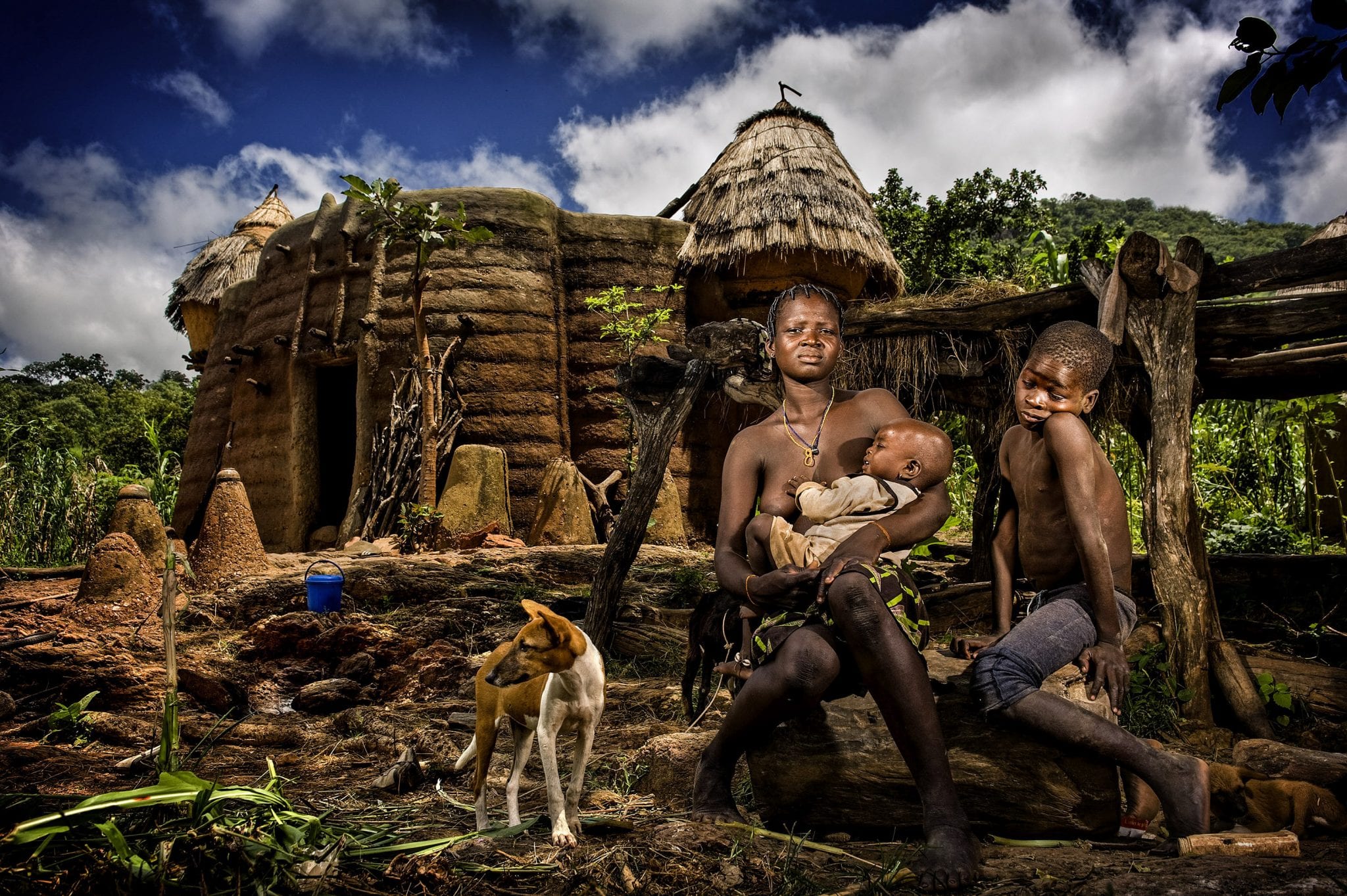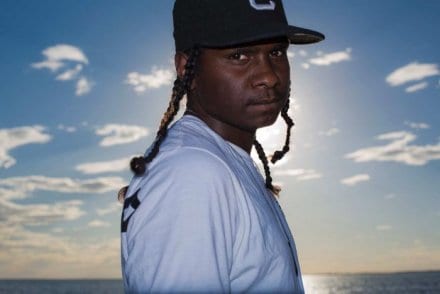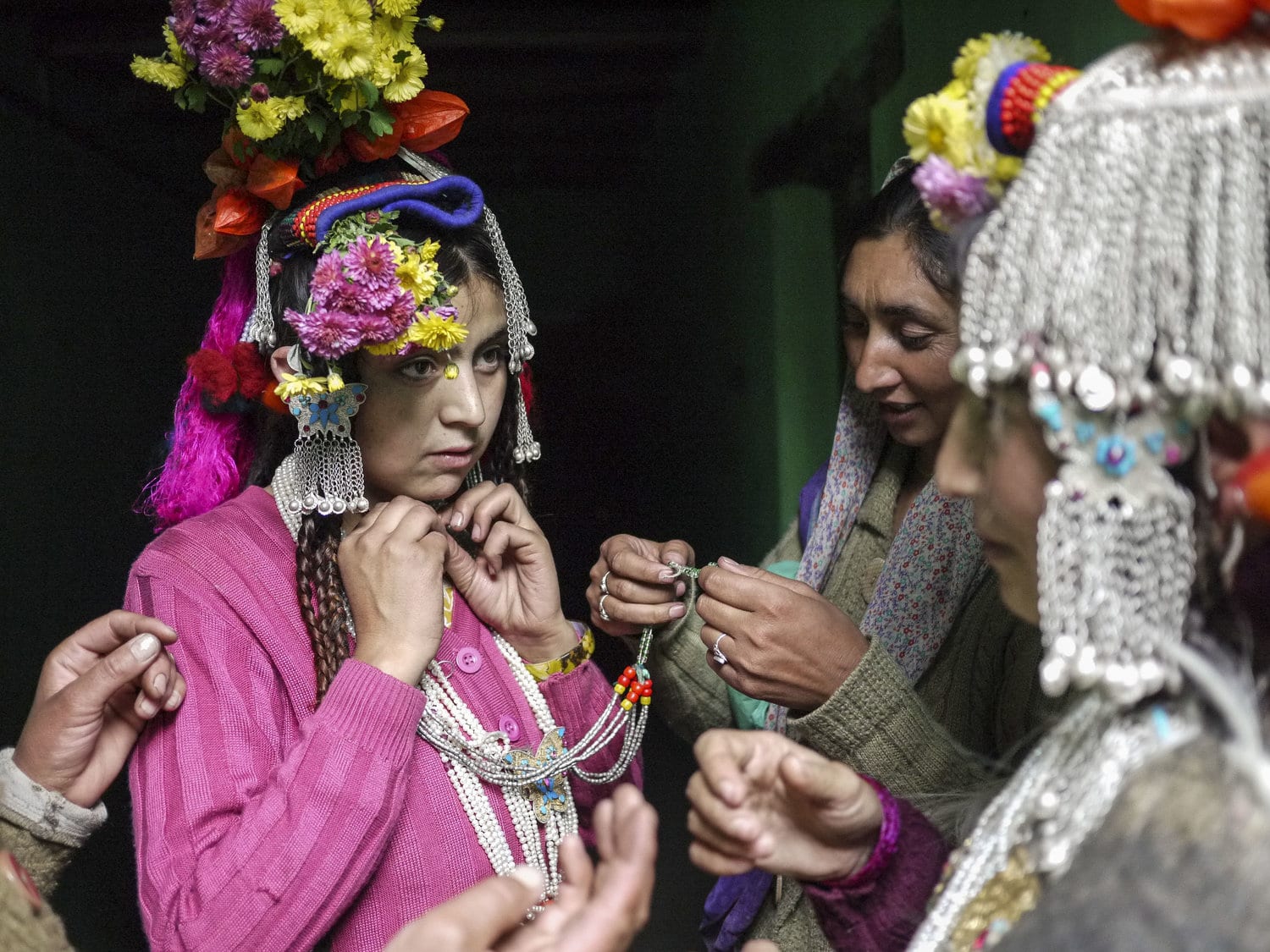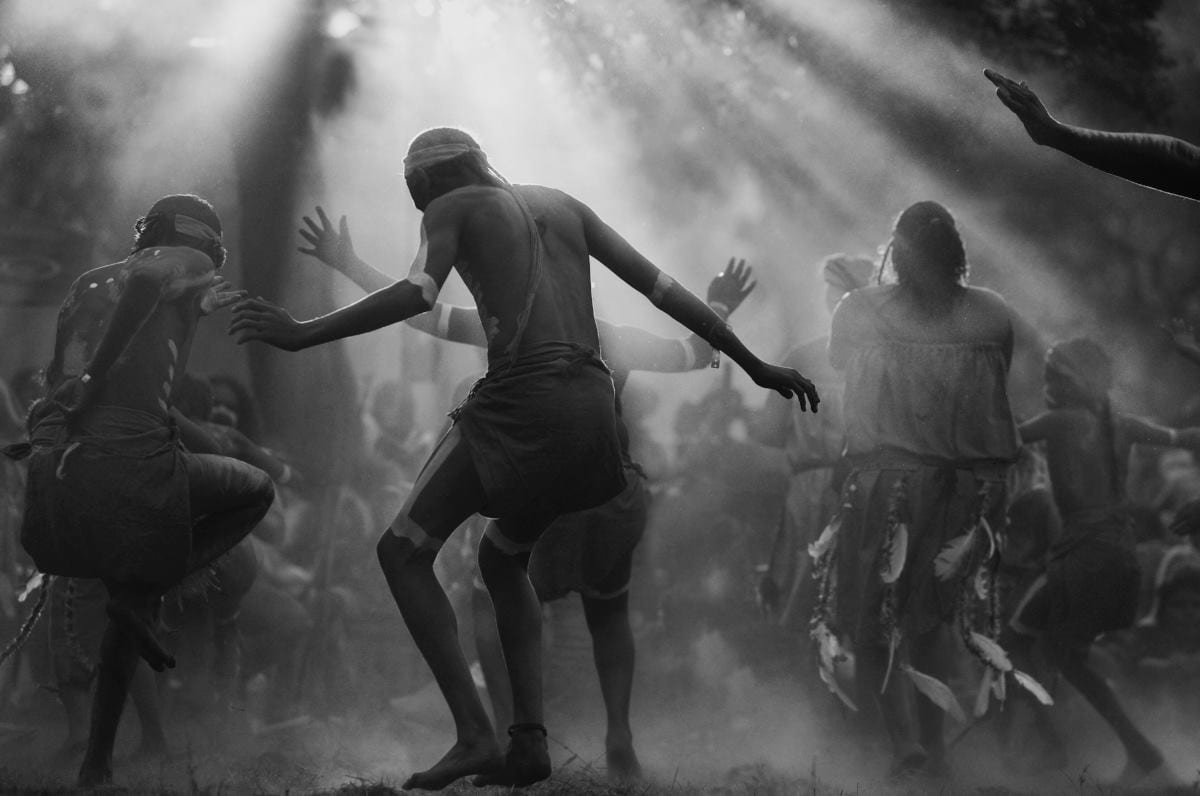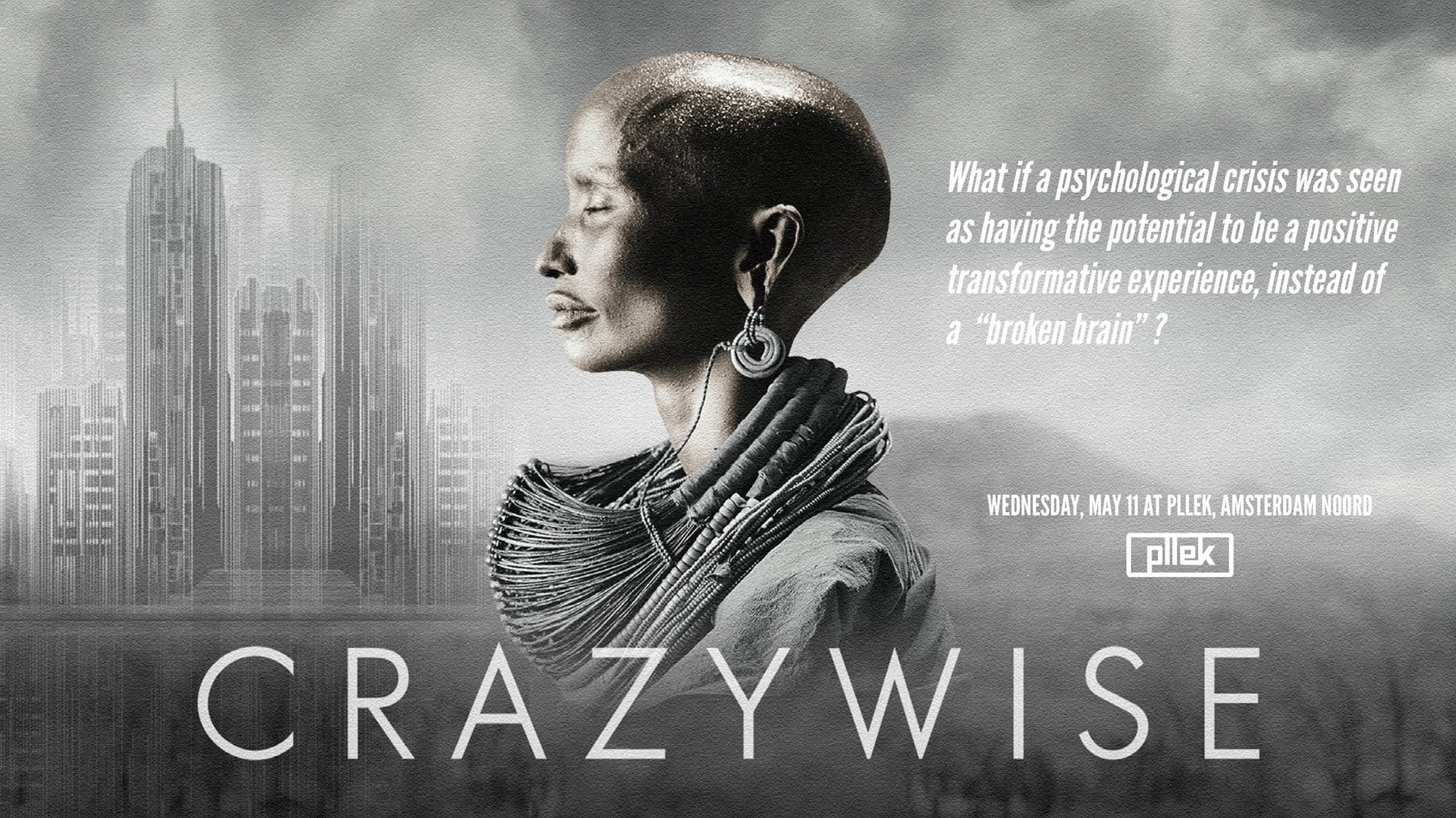For many of us, when we have a flesh wound or a headache, it’s usually either a matter of going down to our local drugstore and getting something to make us feel better, or seeing our general pediatrician. Yet in some West African countries, having a medical problem may entail going down to the market to pick up an alligator head, a monkey hand, or a lizard’s tail to grind up into a powder and rub into a wound or sprinkle over a sprained ankle. And instead of seeing a doctor, one might consult the local healer. Welcome to the world of West African ancestral belief, commonly known as voodoo religion, or Vodun as as the locals call it, which in Western culture has often been portrayed as a dark and sinister practice linked to black magic, yet for many of the people there it is simply a part of daily life.
Many seem to be under the impression that voodoo is a product of Caribbean countries, like Haiti, but it actually has its roots in West-Africa, in countries like Benin, Ghana, Togo and Nigeria, where it first flourished for about 10,000 years before it was taken to the Americas by African slaves in the 17th and 18th century. And contrary to what many belief, it is still practiced at large in much of West-Africa today. Voodoo is very distinct from other traditional religious practices in the interior of West-Africa, as it centers around both certain spirits or saints who govern the Earth and daily life, not much unlike Catholicism, but it is also an animist religion in which all things are believed to have a soul. Within a complex hierarchical system, these deities govern the forces of nature, alongside a whole series of spirits that belong to individual trees, streams, rocks or households. On top of that, voodoo is highly practical, playing an important role in local families and communities. One’s ancestors, for instance, are believed to be a part of the world of the spirits, this is one way that voodoo serves to root its participants in their own history and tradition. Another practical aspect of voodoo ceremonies is that participants often come before the priest or priestess to seek advice, spiritual guidance, or help with their problems. The priest or priestess then, through divine aid, offers help such as healing through the use of herbs or medicines (using knowledge that has been passed down within the religion itself), or healing through faith itself as is common in other religions.
All creation is considered divine and voodoo practitioners belief that no event has a life of its own, everything has cause and effect, hence the word voodoo, which means: view you. According to voodoo religion, we are a mirror of each other and God is manifest in the spirits and ancestors to bring good or harm in our lives, based on our actions and willingness to sacrifice our own needs before others’. This system of balance has to be honored through ceremony, representing a complex system of various dialects, songs, dance-rituals, animal sacrifices and a range of other practices. In turn, these practices demand different ingredients and talismen which are believed to possess the power of the spirits, also referred to as ‘fetishes’. For example, every village in Benin or Togo has a fetish totem at its entrance to protect the community from evil. Fetish objects and idols can also come in the shape of the well-known and overly romanticized voodoo doll, however, this wooden status represents Papa Legba, who traditionally serves as the intermediary between the gods and humanity.
Such ‘possessed’ dolls and statues can not be purchased at a local supermarket, so this is where the obscure and so called fetish markets come in, like the Akodessewa Fetish Market in Lomé, Togo. This is a one-stop shopping mecca for charms, trinkets, idols, animal parts, herbs, and everything else a voodoo practitioner or healer could ever possibly need, and people travel from all corners of West Africa and even as far away as the Congo to stock up on what they need. For a Westerner, the sight of animal parts in varies stages of decay will likely be a horrifying sight, but to many people in West-Africa it is a necessity. Perhaps nowhere else is voodoo so widespread and visible as it is in the nation of Togo, where voodoo is practiced by 60% of the population. Interestingly, the other 40% are Christian and Muslim, yet a lot of them also practice vodoun ‘on the side’. Why is that? Partly because it is part of their ancestry, but partly also because it offers hands-on solutions to problems and a cheap alternative to professional (mental) health care.
So if voodoo is actually a religion of inclusion and balance, offering support for so many in and outside of Africa, why is it still linked to devil worship or black magic? In most Hollywood movies, books and tv-shows, it seems that voodoo is very much misrepresented and therefor misunderstood within western society. However, much of the stereotypical image of voodoo was already established many centuries ago, when African slaves were deported from West Africa to work on plantations in the Americas, bringing voodoo with them. Their masters, however, had other plans regarding the religious practice of their slaves. A 1685 law, for instance, prohibited the practice of African religions, and required all masters to Christianize their slaves within eight days of their arrival in Haiti. Although these slaves accepted Roman Catholicism, they did not give up their traditional beliefs either. Instead, the old and the new were mixed together, producing some unique results. Many of the Catholic saints were identified with traditional Voodoo spirits. For instance, St. Peter is recognised as Papa Legba, the gatekeeper of the spirit world, whilst St. Patrick is associated with Dumballah, the snake god. Voodoo became a force that gave strength to and sustained the slaves through their hardships and suffering. Between 1791 and 1804, a series of slave revolts culminated in the expelling of the French from Haiti, making it the only successful slave revolt in modern history. Many of the revolutionaries were Voodooists, and their leaders priests who inspired them to stand up for their freedom.
The Haitian Revolution provoked fear in other European and American colonies that were reliant on vast numbers of slaves as plantation labor. The imagery and vocabulary of voodoo became threatening and ingrained in those cultures as something horrifying, associated with bloodshed and violence. For example, most of the French colonists who survived the uprise in Haiti, fled to New Orleans, some accompanied by their French-speaking slaves who were also voodoo practitioners. It is from these new arrivals that voodoo began to grow in New Orleans, but under a very bad reputation. Every time voodooists were expected to come together or even if the religion was openly practiced, they were brutally repressed due to their bad reputation, and after that also outside of New Orleans across the rest of the Americas.
When visiting West Africa, it becomes apparent that none of these stereotypes are accurate. As one voodoo priest in the stronghold of Possotomé in Benin once explained to a curious traveller:
” Voodoo is not black magic.. in fact, it’s white magic. It brings justice and makes people good.”
